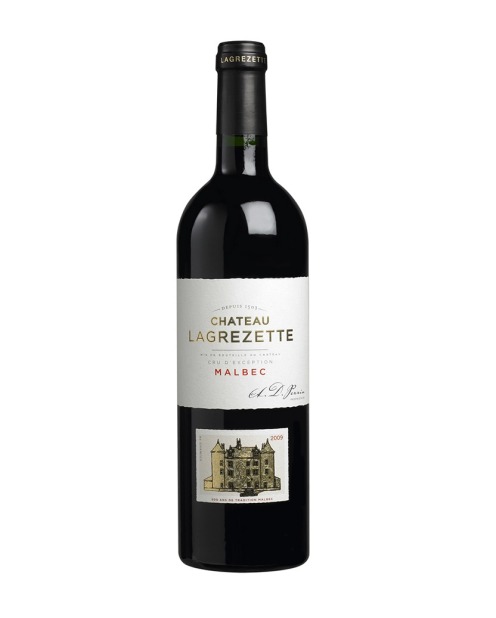You know about red, white and pink wine. You (probably) know about green wine, and orange wine too. Now let's expand the colour palette to include the black wine of Cahors.
Relax: There's no squid ink or cuttlefish in play. "Black wine" is actually red wine – a very dark malbec.
Cahors (pronounced "kah-OR") is a small town on France's Lot River, but it also lends its name to the red-wine region in southwestern France that is the ancestral home of the malbec grape.

Cahors equals malbec, and malbec equals Cahors. But there, winemakers refer to malbec as auxerrois (confusingly, auxerrois is also a white wine grape grown in France's Alsace region, Germany and more) or cot, and they use it to produce the dense, full-bodied, dry wine known as – you guessed it – Cahors.
A flashback to the Middle Ages
Just up the road from Cahors, in Bordeaux, malbec is a blending grape. But in Cahors, it is the primary player – the grape variety that winemakers put all of their chips on. The wine was beloved in Europe as far back as the Middle Ages, and it remained so for hundreds of years before suffering some major setbacks due to pests and weather disasters, some of which occurred as recently as the 1950s.
Since then, a slow and steady rise to its original glory has been afoot, via an influx of talent and investment money.
Both the wine's colour and personality – broad-backed, usually in need of some aging or at least some time to catch its breath in a decanter – earned it the "black wine" nickname centuries ago, and those highly tannic wines are still being turned out. But contemporary Cahors producers also make malbecs that are more accessible sooner, and generally easier to get along with.
In fact, getting along with some modern Cahors bottlings is close to effortless. Are these friendlier bottles a response to the popularity of Argentine malbecs – those fruity, lush and juicy crowd-pleasers made from the grape that crossed the ocean in the mid-19th century? Maybe. No matter the reason, it's clear that Cahors is going through an overhaul of its image.
Got any blacker
The place now refers to itself as the "Capitale du Malbec," and more bottles use the word malbec in place of less-recognisable auxerrois or cot. By using the grape's better-known name, Cahors is sort of ... reaching out. Putting in the effort. Trying to make contact with the larger world. And that is nothing but a good thing.
The law calls for Cahors to be composed of at least 70 percent malbec, with merlot and tannat allowed as blending partners. These are big red wines that can stand up to rich and hearty fare such as foie gras, black truffles, beef, game meats, duck confit and cassoulet. Traditionally, Cahors has offered variations on plum, dark berries, smoke, leather, tobacco and hints of so-called animale, but more modern styles can lean to the lighter side, relatively speaking, both in colour and body, with supple red fruit qualities and floral notes.
Below are tasting notes for a handful of Cahors that are ready to drink now. They are listed in ascending order, according to price.
Click through the gallery above to see five great black wines.
Chicago Tribune




























